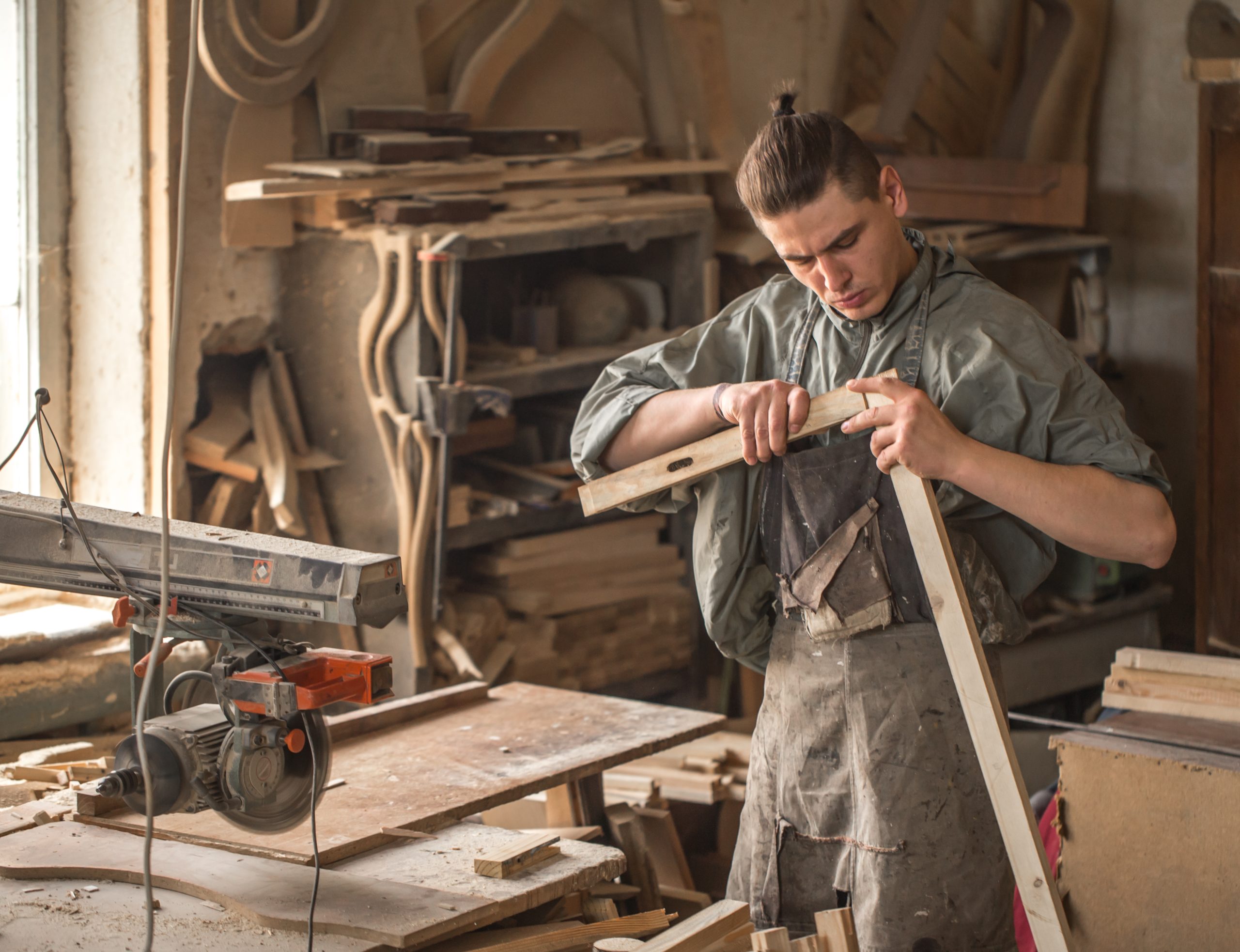In the world of Amish furniture-making, the choice of wood is not a mere step in the process; it’s a foundational decision that reflects the values of quality and sustainability. This dedication to selecting the right wood is what sets Amish furniture apart, ensuring that each piece is not only beautiful but also durable and eco-friendly. In this article, we will study the criteria used for wood selection, the role of sustainability, the common hardwood varieties used, and why wood longevity is crucial in Amish furniture.
What Criteria Are Used for Wood Selection?
The selection of wood in Amish furniture-making is a meticulous process, guided by specific criteria that ensure the highest quality. The primary factor is the wood’s durability. Hardwoods such as oak, cherry, and maple are favored for their strength and ability to withstand wear and tear over time. This durability is essential for furniture that is meant to be functional, long-lasting, and often passed down through generations.
Another standard is the grain and color of the wood. Amish craftsmen pay close attention to the grain patterns, choosing pieces that will showcase the natural beauty of the wood in the finished product. The color of the wood is also considered, as it needs to complement the natural finish applied later in the process. This attention to the aesthetic aspects of wood ensures that each piece of furniture is not only strong but also visually appealing.
How Does Sustainability Play a Role?
Sustainability is at the heart of Amish woodworking. In choosing wood for their furniture, Amish craftsmen prioritize sources that are renewable and environmentally friendly. They often opt for locally sourced wood, reducing the carbon footprint associated with transportation. This local sourcing also supports sustainable forestry practices, ensuring that the wood is harvested responsibly and in a way that doesn’t deplete natural resources.
By focusing on sustainability, Amish furniture-makers demonstrate their respect for the environment and their commitment to a way of life that values conservation and responsible stewardship. This approach aligns with the broader Amish values of living simply and sustainably, making sustainability not just a practice but a moral imperative.
What Hardwood Varieties Are Most Common?
The most common hardwood varieties used in Amish furniture include oak, cherry, and maple. Each of these woods brings its unique characteristics to the furniture.
Oak is prized for its strength and distinctive grain patterns, making it ideal for pieces that require durability and a pronounced wood appearance. Cherry is favored for its rich color and smooth texture, which deepens into a lustrous patina over time, adding to the aesthetic appeal of the furniture. Maple, known for its hardness and versatility, is often chosen for pieces that require intricate carving and fine detailing.
These hardwoods are not just chosen for their physical properties but also for their ability to age gracefully, ensuring that the furniture remains beautiful and functional for years to come.
Why Is Wood Longevity Important in Amish Furniture?
Wood longevity is a key consideration in Amish furniture-making because it directly impacts the durability and heirloom quality of the furniture. Amish furniture is designed to last, often intended to be passed down through generations. The use of durable hardwoods ensures that the furniture can withstand the rigors of daily use and remain structurally sound over time.
Moreover, the longevity of the wood contributes to the sustainability of the furniture. By creating pieces that don’t need to be replaced frequently, Amish craftsmen reduce waste and promote a more sustainable cycle of consumption. This focus on longevity reflects the Amish commitment to quality and sustainability, ensuring that each piece of furniture is not only an item of functionality but also a testament to responsible craftsmanship.
In conclusion, the selection of wood in Amish furniture-making is a process that embodies the community’s dedication to quality, beauty, sustainability, and longevity. By understanding the criteria for wood selection, the role of sustainability, the common hardwood varieties used, and the importance of wood longevity, we gain a deeper appreciation for the craftsmanship and values that make Amish furniture truly exceptional.

